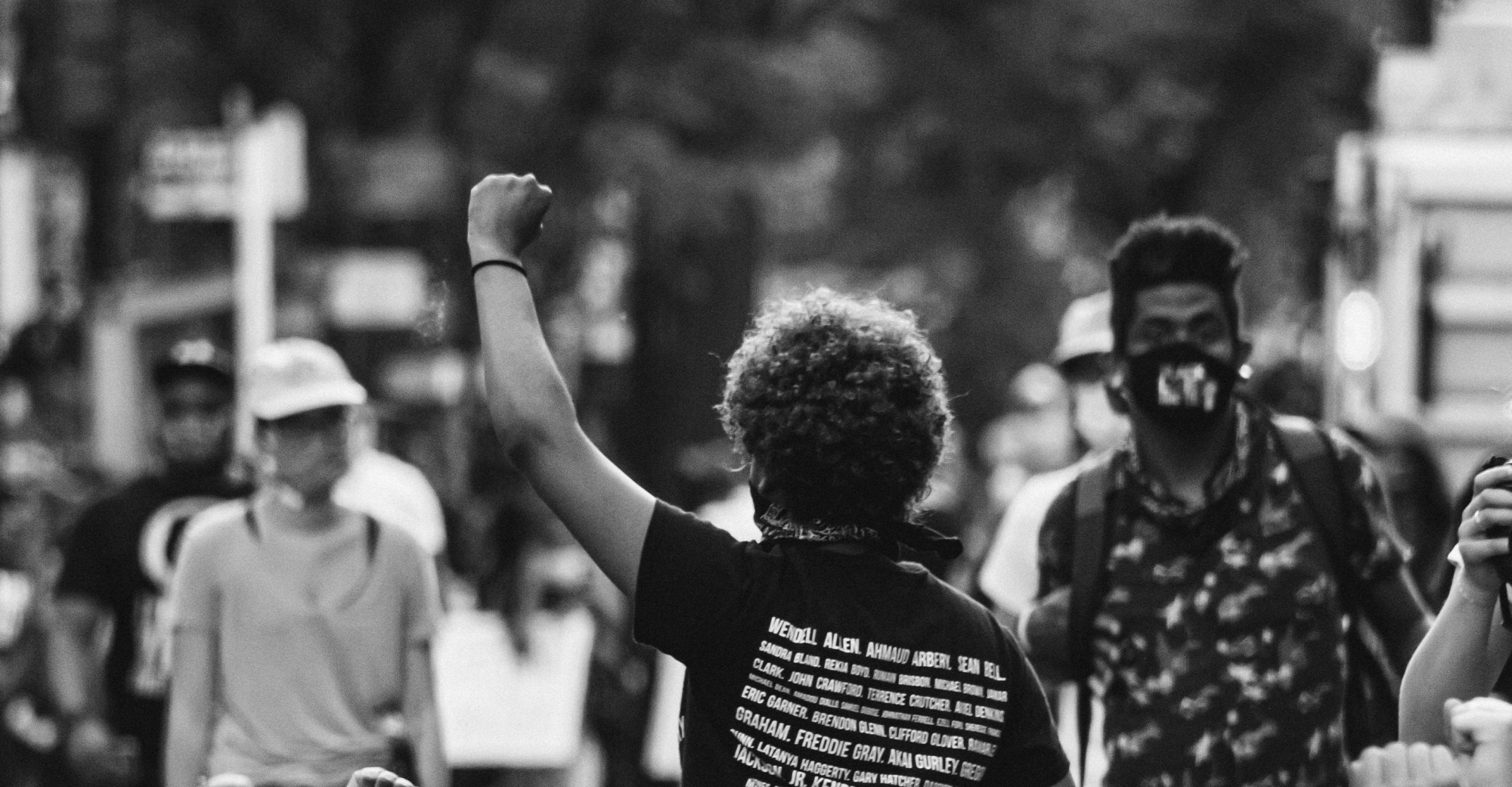How Decades of Creative Activism Fueled Today’s Brand Actions

“It’s an artist’s duty to reflect the times in which we live” - Nina Simone
Black creatives and storytellers have historically disrupted the norm to shape the next generation. After decades of silence and resistance from brands engaging with social movements, in 2020 all of this changed and activism went mainstream. This Black History Month, we recognize how protest language and images have evolved into brand action and social media movements that drive cultural impact.
The civil rights movement of the 50s and 60s fought racial segregation and discrimination. Dr. Martin Luther King Jr.’s defining 1963 “I Have a Dream” speech served as a call to action for equality and freedom, inspiring the strategic, non-violent protests that eventually propelled the social movements of the 60s and 70s.
Community leaders like Stokely Carmichael and Malcolm X ignited the Black Power movement, which emphasized racial pride, self-sufficiency, and revolution. From signage to music, African-Americans began to express themselves to change the world around them by embracing and celebrating their culture.
Artists not only flourished but made powerful statements during this period. Famous musicians like James Brown created anthemic songs with lyrics like “Say it loud, I’m Black and I’m proud,” which reclaimed the term “Black” and removed the stigma around Black Americans. Those lyrics instilled a sense of pride in the community and laid the foundation for present-day expression, where social media is often the tool of choice in developing agents of change and where modern-day creatives are pushing boundaries. Take the three female founders of the #BlackLivesMatter Movement, for example, Alicia Garza, Patrisse Cullors, and Opal Tometi started the social movement in 2013 in response to the acquittal of Trayvon Martin’s death.

Brands Take Action
As “I can’t breathe” became a global rallying cry that could not be ignored, historically neutral and silent brands got more comfortable with not just expression, but overt support. The public agrees with this shift: 71% of U.S. adults said brands have a role in responding to the issues of racial injustice. As society becomes more aware of its power, consumers are consciously buying into brands that take a stand, and brands are responding in kind. For example, Uncle Ben’s, Mrs. Butterworth’s, and Aunt Jemima are all making branding changes after finally listening to the criticism that their packaging and logos perpetuate harmful racial stereotypes.
In the past few months, brands across all categories are taking a stand:
UGG created the "FEEL YOU" series that celebrated unapologetic individuality and style by showcasing artists, creatives and activists from all over the globe, and partnered with Telfar Clemens, a Black fashion and accessory designer, most known for his consistently sold-out bags.
Ice cream purveyors Ben and Jerry’s brought awareness to structural issues through digital infographics and billboards, as well as profit sharing with community organizations.
Sprite spoke directly to its millennial demographic with the launch of the “Create Your Future” campaign, which sponsored six young Black artists in creating custom art pieces across mediums to demonstrate the importance of voting.
Facebook (#client) catered to professionals, holding free virtual training sessions to support small Black businesses.
Forever 21 partnered with three Black artists allowing them full creative control for a groundbreaking collection sold in stores and online.
As brands look for ways to connect to culture, they can no longer stay silent and ignore this demand for creative activism. It is no wonder then that brands are partnering more and more with artists, creators, and influencers, the future James Browns and Dr. Martin Luther King Jrs and Nina Simones of our time, and amplifying Black voices.

A Movement, Not a Moment
As activism and corporate practices continue to merge, brands have the opportunity to make a difference and evolve their legacies. Consumers are three times more likely to trust brands that are doing well at addressing systemic racism and racial inequalities. These moves stand to have a lasting impact as the Black Movement marches forward, again paving the way for generations to come.



